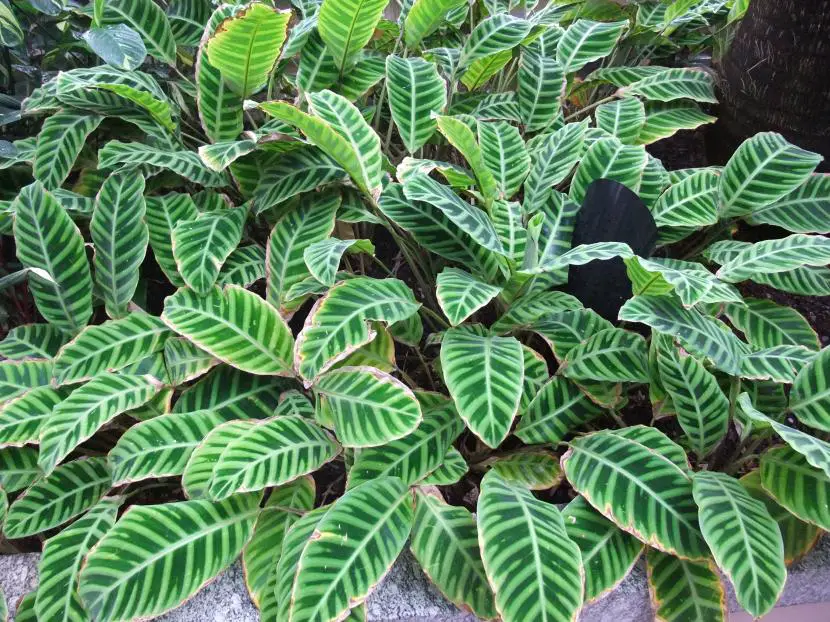
In the nurseries we can find great variety of plantsboth indoors and outdoors. But how can we know where to place them? Although in these garden centers there is usually a greenhouse for tropical plants (indoor) and the others are outside, sometimes we can find some that have it protected and it should not be; or delicate plants that are outside and shouldn’t.
Today we are going to explain the main characteristics of the inside plants so you can put it in the ideal place in your garden or at home and enjoy its benefits.

Before starting, it must be clarified that, normally, indoor plants are characterized by living in shady, warm habitats with high humidity. In fact, they are called »indoor» because in winters with frost they could not survive outside.
Leaves
In general, the leaves of shade plants tend to be dark in color, like those of Calathea or many types of Begonia; elongated, soft to the touch, sometimes it seems as if a sheet of paper is being touched. Some have a thin layer of “hairs”.
Flores
The flowers are an excellent indication to know where we should place our plant, since all flowers need light to develop correctly. This is why, if a plant has very small, not very showy flowers, without a doubt it should be located in a shady place. On the contrary, if they are showy flowers, I preferred to be in semi-shade.
You could say that the more ornamental a flower is, the more light it will need. But for this we must also look at their sheets. If they have dark colors, regardless of the flower it has, it will not be convenient to put it in a place where it is exposed to direct light (an example could be the Tacca chantrieri, better known as the Bat Flower).
Size
Indoor plants are usually small, no more than 50cm tall.

Indoor plants are ideal to decorate our home, and luckily, we can find many varieties different to choose the one we like the most.

